Chef Peter Kayaian: Exploring Fermented Flavors
CULINARY POINT OF VIEW
In 2010, David Chang—restaurateur and the chef often credited with the rise of high-end, gourmet ramen in America—founded the Momofuku Culinary Lab as a research kitchen dedicated to exploring culinary traditions and understanding the origins of flavor. Five years ago, Peter Kayaian joined the Lab as an intern while attending the Culinary Institute of America (CIA) to obtain his culinary arts and culinary science degrees. Now, as product development and innovation manager for the Lab, Kayaian manages the production and development of Momofuku Group’s retail and wholesale fermented products, while also working with the group’s chefs to create unique variations for use in their restaurants.
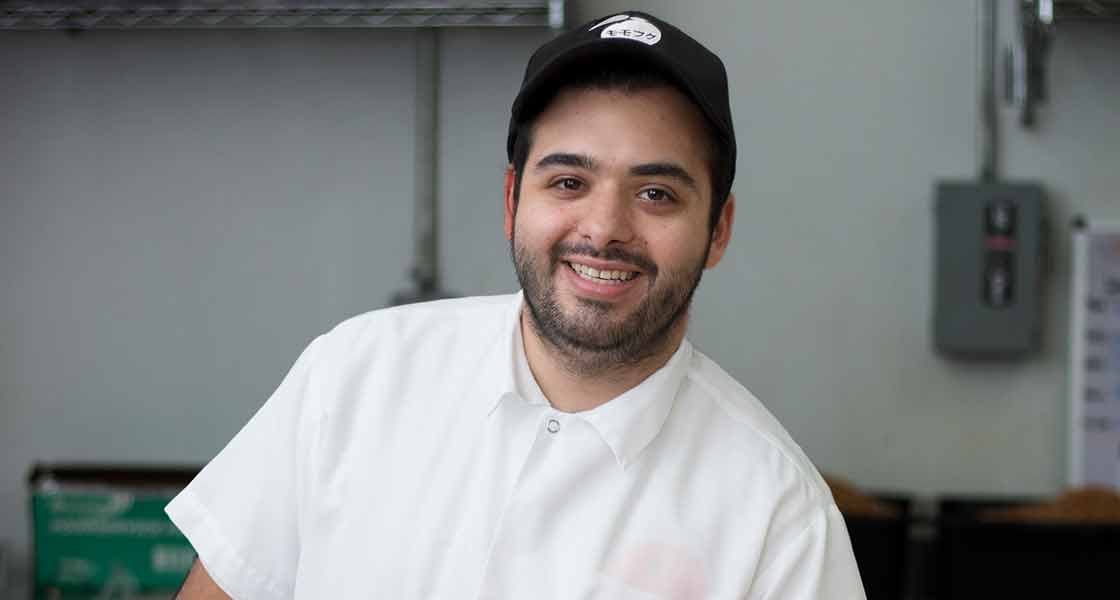
Q: What made you decide to pursue both a culinary arts degree and a culinary science degree?
Peter Kayaian: I went to the CIA for the culinary arts program, which is a two-year associates program. It teaches you all the basic skills and gives you a good foundation for whatever you might want to do with your culinary career. At that time, they were developing different bachelor programs, including one called culinary science.
It interested me because I have always wondered about the “why” behind things—especially with cooking. And that’s how the CIA promoted the program—understanding food on a deeper, more molecular, level. It made a lot of sense to me because the more you understand the science, the more you’re able to manipulate it to get the desired result. When I enrolled, it was a very small program—there were 10 kids in my class. It was challenging but I learned a lot and apply that knowledge in my job at Momofuku’s Culinary Lab.
Q: What’s a typical day like for you in the Lab?
Kayaian: A good part of the job is production of the products that we have developed over the years—our versions of miso and tamari that we call Hozon and Bonji. Since we use grains, nuts, seeds, and legumes in place of soybeans—the staple of traditional miso—David [Chang] felt like we had to call them something else. He developed these names, Hozon and Bonji, which mean “preserves” and “essence” in Korean.
So, when I first joined the team, we were making these in five-gallon batches at a time and selling them to some of our own restaurants and maybe less than half a dozen other restaurants in New York. Now, on a good week we’re making 500 kilos, so it has been a big scale up.
A typical day starts with us making koji, which is the starter for miso and tamari. It’s rice that’s cooked and then cooled down, then inoculated with a mold called Aspergillus oryzae. That’s pretty much an everyday thing for us, and then we’re also grinding the Hozon in our stone grinder and pressing out the Bonji in a bladder press. We’re are also shipping out orders across the country to about 15–20 restaurants that use our products consistently.
We have a lot of things in the works—more long-term projects. For example, we worked with Kraft Heinz over the past year to reformulate Ssäm Sauce and have them take over production and scale it up. Now we’re thinking about what the next Ssäm Sauce will be for us. We’re working on a few different ideas for when we have time to do some R&D.
We also work directly with the chefs in the Momofuku Group of restaurants developing variations of Hozon or Bonji or other fermented products to use in their restaurants.
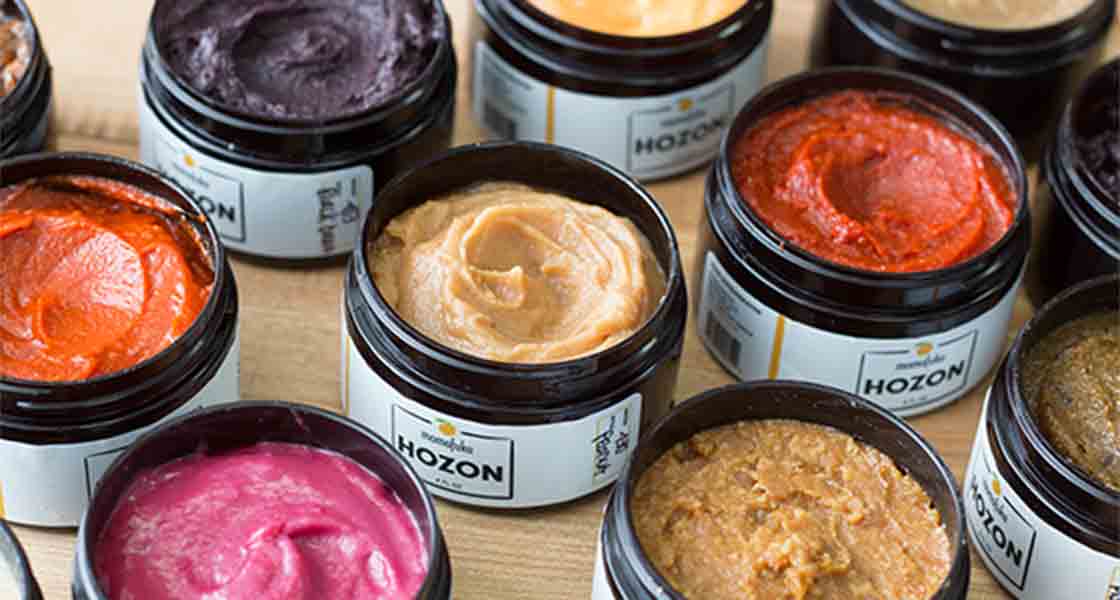
Q: Did you face any problems in scaling up from five gallons to 500 kilos?
Kayaian: Nothing too significant. We had to adjust our aging time—let it ferment a little longer so that it would produce the same results that we were getting with the smaller batches. The biggest concern for me was to ensure the consistent quality of the product. Restaurants use these products in their dishes and need to have the same quality product every time—the same color, taste, and so on. It can be a little difficult with all these wild, fermented bacteria. Sometimes color can vary, which is why we’ll blend batches to get a consistent color. It has been a surprisingly smooth scale-up.
We’ve had to upgrade our equipment to keep up with our production. For example, we were using a small cider press for our Bonji and pressing things to order, which was not sustainable. Now, we’ve got a much bigger bladder press—a metal cage that has a rubber “bladder” that inflates with water and crushes the rye against the slotted metal cage. It’s very efficient and probably does a month’s worth of pressing in three days.
Q: What is the relationship between the Lab and the restaurants? Do chefs from the restaurants reach out to you guys to help explore ideas they have? Do you approach the chefs with a new concept?
Kayaian: Our work with the restaurants has become a more regular thing now that we are in a good place with our production, giving us the free time to work on new projects. Sometimes, we will go by the restaurant and talk to the chef, or they’ll email us, and we’ll have them in for a visit. There’s a lot of back-and-forth with the individual restaurants in terms of new products or bringing back old products that were produced in small batches.
One product that has come back a few times is the pistachio Hozon, which was kind of the first one that the Lab developed, back before my time. It’s something that chef Sean Gray at Ko asks for a lot. We don’t force the chefs to use the product—we want them to use it, so it’s important to have an open dialogue. want to open that dialogue between them and us. We want to be a resource for them, so if they have a specific dish in mind that they think one of our products would be cool in, I’m more than happy to make a small batch.
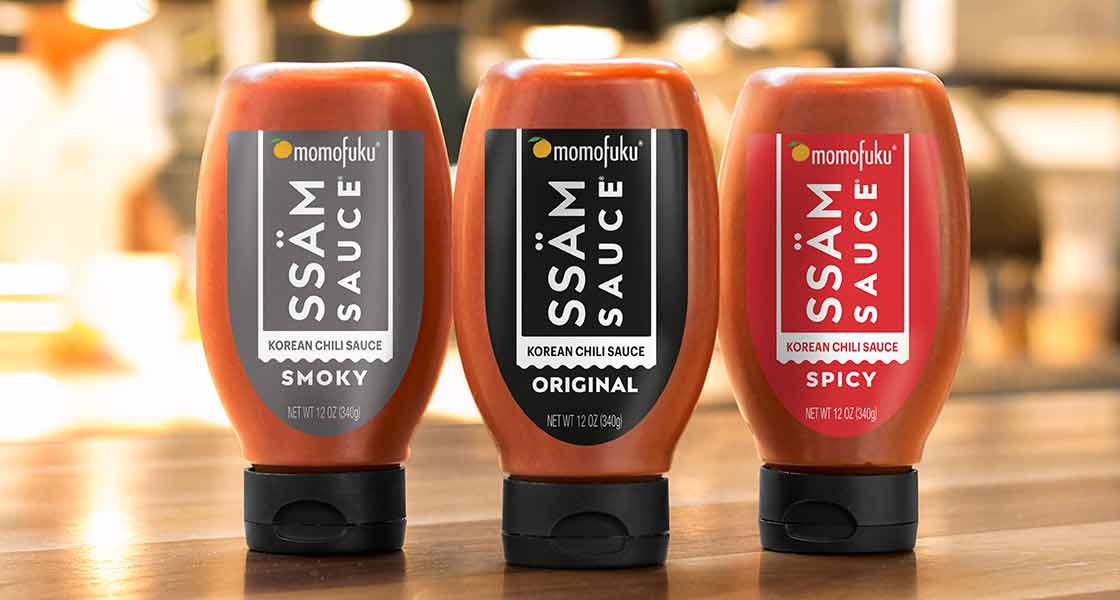
Q: What has been your favorite project to work on thus far?
Kayaian: I like working on the chef-driven individual projects. Whether it’s with our own chefs, or like last year when we worked with Eleven Madison Park. For that project, we sourced shelling beans from Norwich Meadows—a great farm that sells its produce at Union Square’s [NYC] farmers market. We made a Hozon with the shelling beans for the restaurant. I like those individual projects where there are a lot of people involved and we make something that is special and just for them.
Another thing that I really enjoyed working on was the Ssäm Sauce project with Kraft Heinz. It was something new for me, and I felt like I really got to use a lot of the skills I developed at the CIA—scaling up while maintaining quality, making sure the pH and water activity were right, and then conducting the sensory testing in the right way. There can be a lot of issues when scaling up for a CPG product, and it was very challenging, but I had a lot of fun working on the project.
Q: Can you talk about the XO sauce and how it’s made?
Kayaian: XO is a very traditional Asian product that usually uses fermented and dried seafood and scallops. We do it a little differently. After we press out the rye for our Bonji, we’re left with the fermented rye that’s kind of dry but still has a ton of savory flavor. It’s got some chew to it, but it’s soft because it’s been fermented and aged for so long. The Lab uses that spent rye as a replacement for the fermented seafood you would find in a very traditional XO. Technically, our XO is vegan, and we bill it that way.
We sell a good amount of it to restaurants outside of the Momofuku Group. Nakamura goes through a good amount, same with Flora Bar and Estela. It’s an interesting product, and for us it’s about full utilization.
We’ve taken it a step further recently because we found out we were producing more Bonji than we were selling XO. We’ve been drying the leftover crushed grain in a low oven for six to seven hours and blending it up into a fermented flour. I have just started bringing that to the chefs and have received a lot of good feedback. I could see us selling a lot of that to a bakery or even a brewery to dry hop with.
It’s something we’re very excited about and we’ve sent samples to the Cornell Food Venture Center to test for water activity. It’s pretty dry so I’m going to assume the tests will come back soon with a thumb up. Then, we can start bringing more samples to everyone. With a new product like this, we work in the Lab to develop ideas so we’re not just approaching the chefs with a product and no ideas about how to use it. Right now, we’re trying to work out what it’s good in and what it’s not good in. We’ve found that it still has a lot of acidity in it, which inhibits the development of gluten to some extent. So, it won’t be great in a sourdough, let’s say, but it might work in a shortbread or biscuit. We’ve also made some good cookies with the flour.
Q: Are there other ways that you are using food waste—the leftover material from the Lab’s other products?
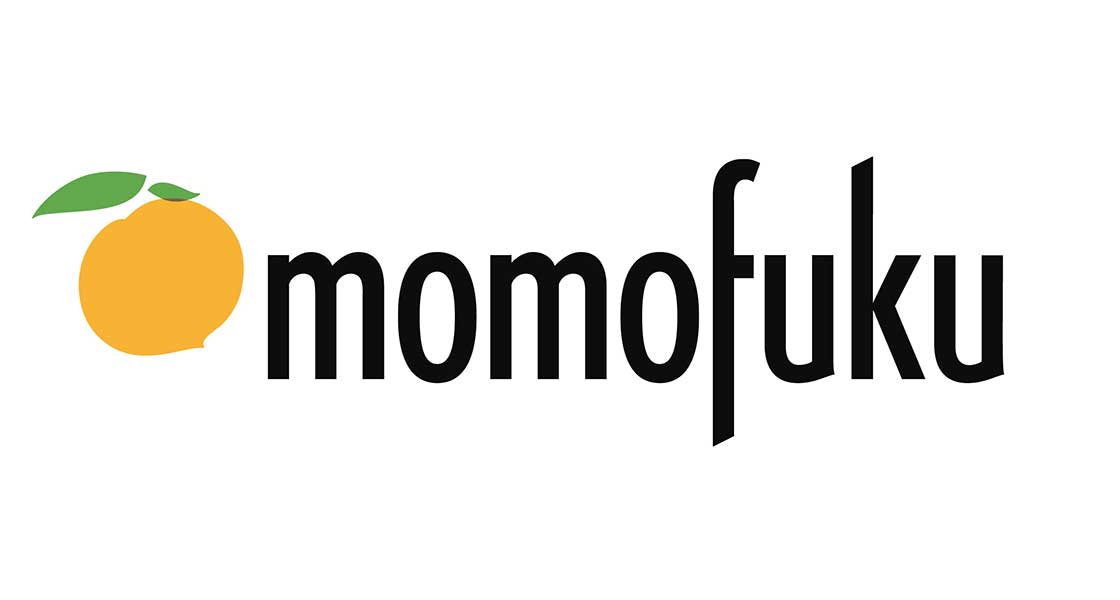 Kayaian: One thing that we’ve worked on recently is utilizing aquafaba, which is the chickpea cooking water. It’s been a trendy thing in the past year or two. Sir Kensington has aquafaba mayo that’s awesome, and I saw aquafaba butter at the Fancy Food Show this year.
Kayaian: One thing that we’ve worked on recently is utilizing aquafaba, which is the chickpea cooking water. It’s been a trendy thing in the past year or two. Sir Kensington has aquafaba mayo that’s awesome, and I saw aquafaba butter at the Fancy Food Show this year.
We go through a lot of chickpeas for our chickpea Hozon, which is the most popular variety, so we produce a lot of aquafaba. We’re still trying to figure the best way to use it and how we could potentially develop a retail product. It’s something we’re kind of just messing around with to see what we can do. Otherwise, there isn’t a lot of leftover stuff for us in terms of our production—we keep things pretty tight. What we do have left over, we try to use in any way we can.
Q: What’s the most challenging aspect of the job?
Kayaian: Because we’re such a small team, I wear a lot of different hats. In one day I could be the supply chain guy, logistics guy, scheduling freight pickups, working the forklift, or doing more R&D product development things. It’s my first job out of school so to be involved in many different aspects has been beneficial for me. However, there are times when I feel like I am going in blind. Luckily, there are a few other folks in the company that I kind of lean on for things like that. As we’ve grown, I’ve taken on new responsibilities and it’s been good, but it’s definitely challenging.
This interview has been edited and condensed for clarity.
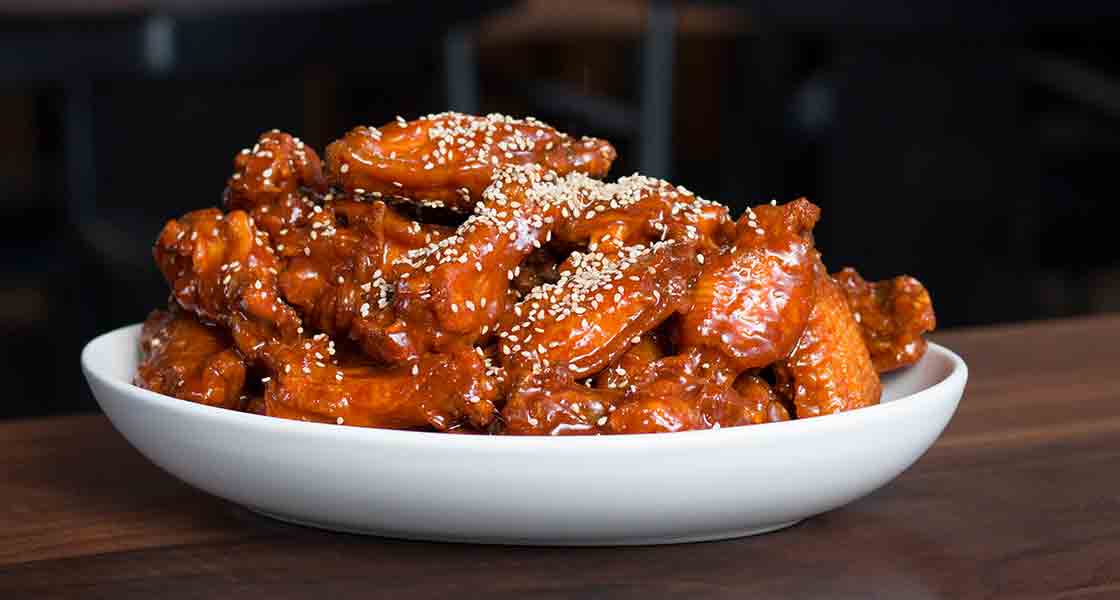
Ssäm Sauce Chicken Wings
Ingredients:
- 2 lb whole chicken wings, separated into drumettes and flats
- ½ tbsp sesame oil
- 4 tbsp unsalted butter, cubed
- ½ cup Ssäm Sauce
- 1 tbsp rice vinegar
- Toasted sesame seeds, optional
Instructions:
- Preheat oven to 450°F.
- Pat wings dry with a paper towel. Arrange wings in a single layer. Let air dry in the fridge for a few hours if time allows.
- Roast wings for 20–25 minutes, then flip and roast for another 20–25 minutes until browned and crispy.
- Heat butter, Ssäm Sauce, sesame oil, and rice vinegar until combined in a small saucepan.
- Toss wings in sauce until evenly coated. Add additional Ssäm Sauce to taste.
- Garnish with sesame seeds. Serve immediately.


